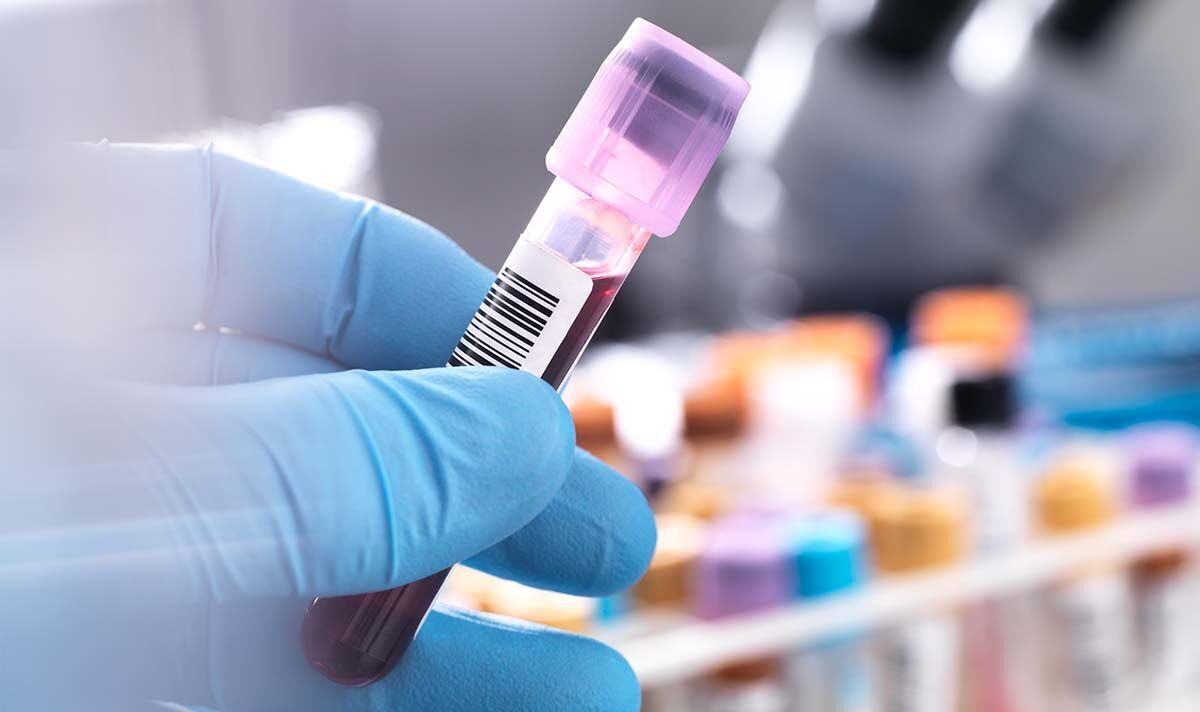Blood
New breakthrough blood test could diagnose Parkinson’s before symptoms appear
A new blood test for Parkinson’s, which could mean the disease is diagnosed earlier, has been developed by scientists. The current diagnostic process of Parkinson’s disease is largely based on clinical symptoms.
However, the warning signs usually strike only after significant neurological damage has already occurred.
Fortunately, a study, published in the journal Science Translational Medicine, suggests a new blood test could be used to diagnose patients prior to this damage.
The research team, led by neuroscientists at the Duke University School of Medicine based in North Carolina in United States, focused on DNA damage in mitochondria.
Mitochondria refer to factories within cells that convert raw energy into a form that powers cells and contains their own DNA, which can sustain damage separately from the nuclear DNA that encodes most of an organism’s genome.
Previous research has established a link between mitochondrial DNA damage and a higher risk of Parkinson’s disease.
With this in mind, the researchers developed a test that successfully quantified higher levels of mitochondrial DNA damage in blood cells collected from patients with the neurodegenerative disease using polymerase chain reaction (PCR) technology.
Furthermore, the new test also identified high levels of the damaged DNA in the blood samples of people who harbour the genetic mutation LRRK2 – which has been associated with an increased risk of Parkinson’s.
What’s more, the senior author of the study Laurie Sanders hopes the new test could not only diagnose Parkinson’s sooner but could even lay the groundwork for a cure for the degenerative disease.
Sanders said: “Currently, Parkinson’s disease is diagnosed largely based on clinical symptoms after significant neurological damage has already occurred.
“A simple blood test would allow us to diagnose the disease earlier and start therapies sooner.
“Additionally, a clear-cut diagnosis would accurately identify patients who could participate in drug studies, leading to the development of better treatments and potentially even cures.
“Our hope is that this assay could not only diagnose Parkinson’s disease but also identify drugs that reverse or halt mitochondrial DNA damage and the disease process.
“This disease takes a terrible toll on people, and we are still just treating the symptoms. It’s important to get new, effective treatments over the finish line.”

